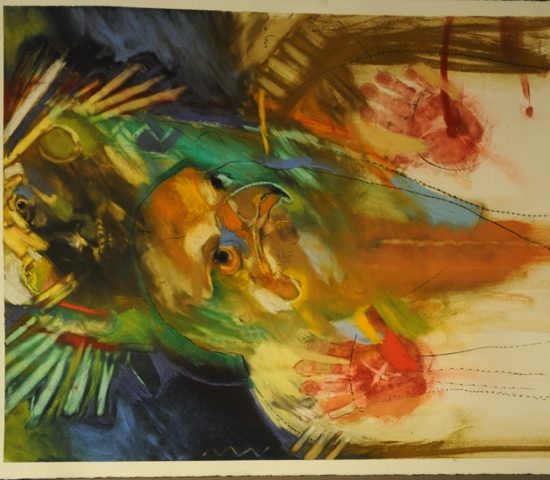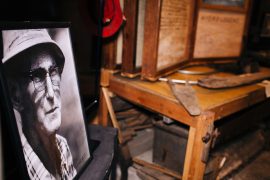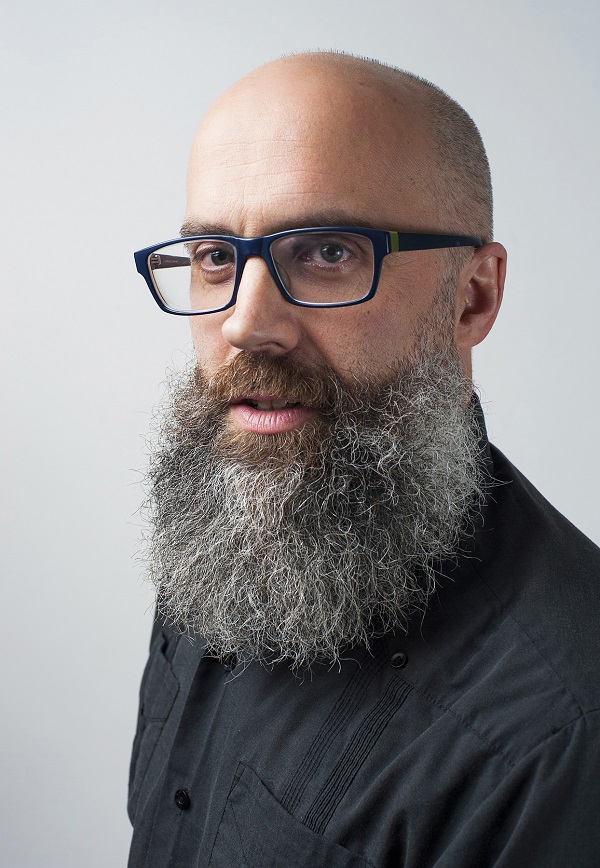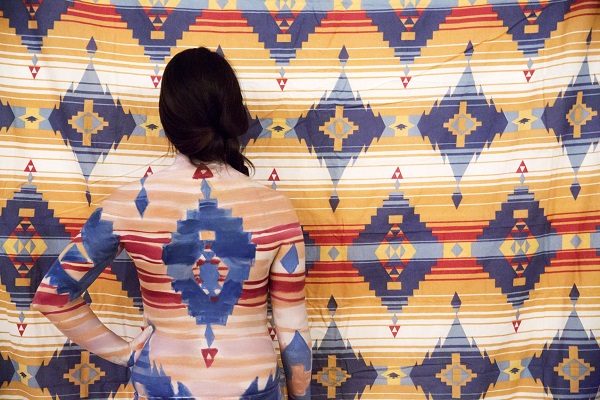Ancestral connections are everywhere around us, from great-grandfather’s antiquity above the mantle, to traditional recipes made by grandma at Thanksgiving, and the bedtime stories of our youth. The Art through Ancestry project explores these types of ancestral relationships with three Native American artists – Rick Bartow, Pat Courtney Gold and Lillian Pitt.
The artists studied Columbia Plateau artifacts from the High Desert Museum‘s Doris Swayze Bounds Collection with the aim of triggering connections with their heritage. What each artist experienced were powerful recollections involving traditional artistic methods and designs, spirituality, cultural stories and their life experiences. They then took these connections and returned to their studios to begin the artistic process.
“Say hello to the elders because we see evidence of them here. And so they’re still alive, very much alive. And they’re still moving, still moving.”
—Rick Bartow
The results are exceptional contemporary artworks that both preserve and embody Native American cultures, while intertwining modern ideas and realities. In essence, these artists carry their ancestry forward through their art.
PAT COURTNEY GOLD
Biography
Pat Courtney Gold grew up on the Warm Springs Reservation in Central Oregon. She remembers visiting local museums as a child with her mother, an accomplished bead worker, who would point to the basket displays and say with pride, “Those are our baskets. Our ancestors made these.”
In 1991, after a career as a mathematician and computer specialist, Pat began studying the making of Wasco sally bags, twined root-digging bags. Her works combine traditional designs and techniques from her heritage with contemporary life issues such as environmental degradation.
She says about her work, “As I began focusing more on my weaving, I also became aware that the technical technique was only a small facet of what I was doing. The other component was that I was dealing with a whole ancestral heritage. I felt as though the ancestors were waiting for somebody like me to come forward and that all this energy was being focused and funneled through me.”
Messages in the Weave
Pat Courtney Gold delivers messages through her work. By weaving irregularities into her traditional salmon designs, she represents the deformed salmon living down river from the Hanford Site in Washington State. For more than 40 years, Hanford released radioactive materials into the Columbia River. Pat believes this contamination caused the salmons’ deformities she sees today.
Did you know?
From the Sanskrit language, the swastika has a history over 3,000 years old. Often connected to Nazi Germany, variations are predominant in historic Native American basketry and beadwork. This symbol represents eternity, the four directions and the sun.
Even the Basque people in the High Desert have their own version—the lauburu. This ancient icon signifying prosperity appears over doorways, on tombs, banners, books and other materials of Basque identity.
The swastika is also the sign of Hindu Gods Vishnu and Shiva in India, the path of Thor’s hammer in Scandinavian inscriptions, and one of the auspicious signs in Buddhism.









